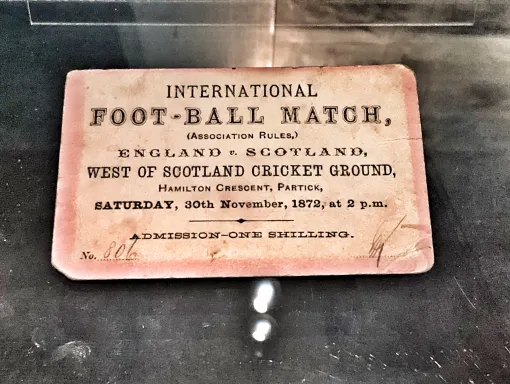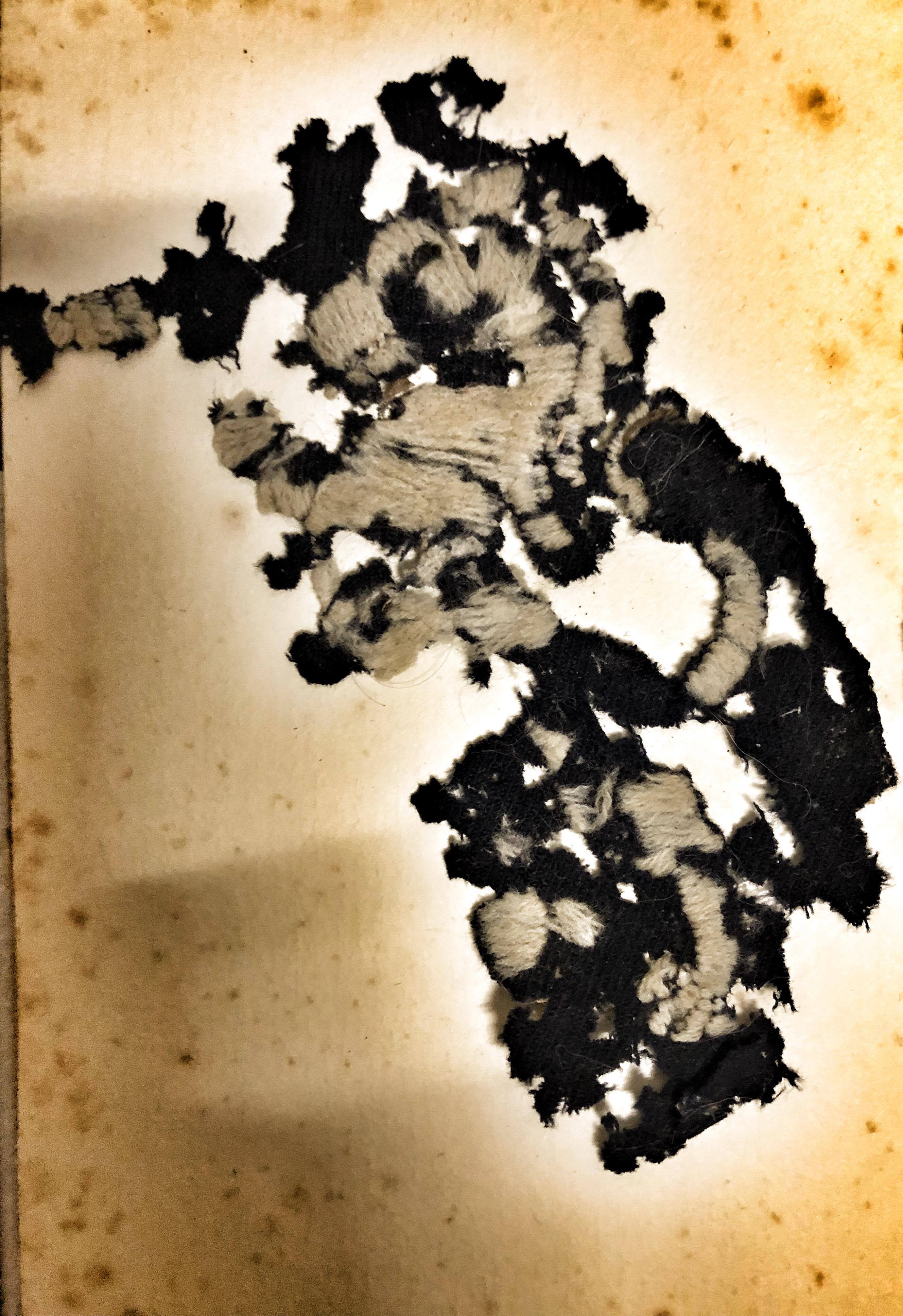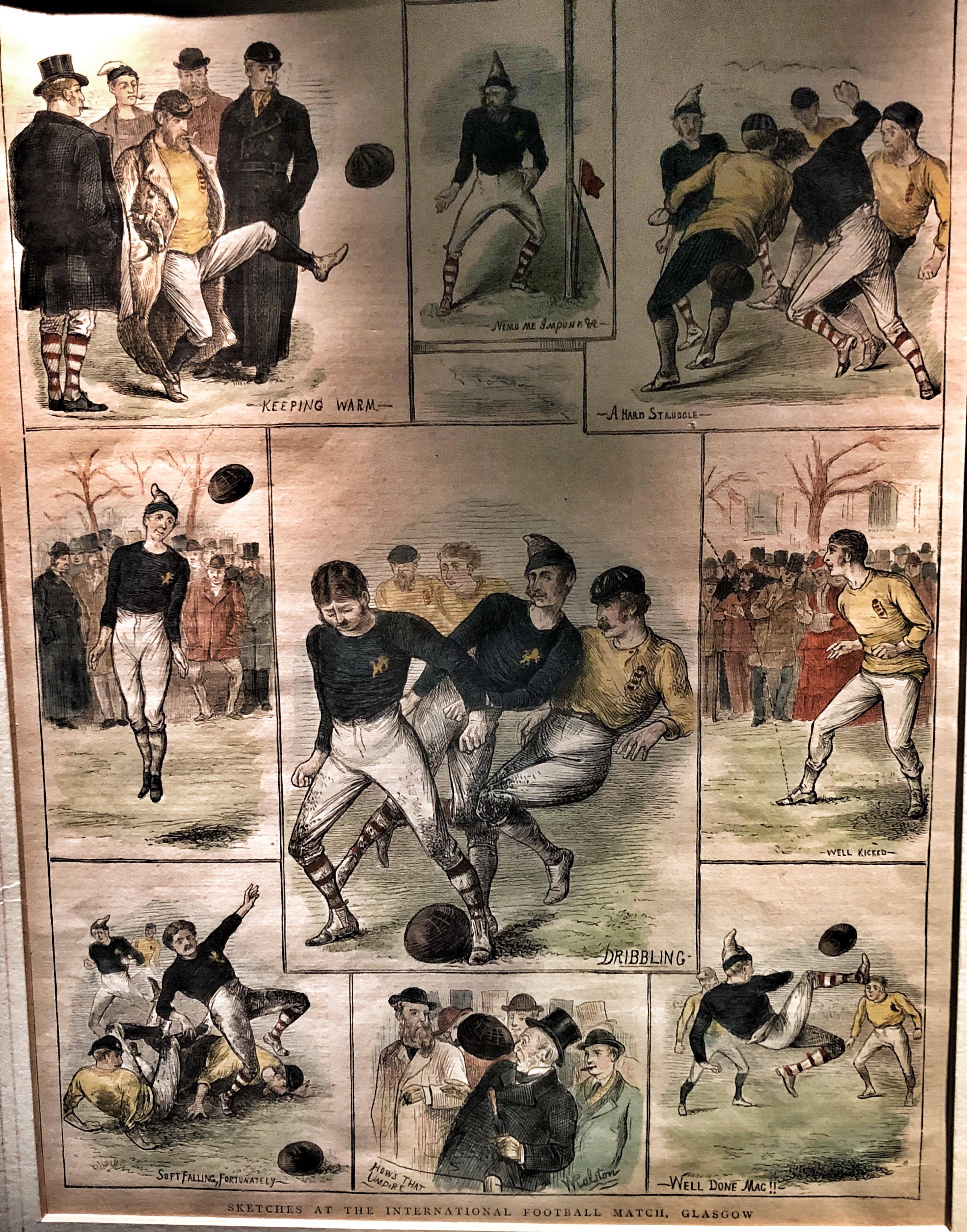Scotland v England: The World’s First Football International Fixture
It was on this day in 1872, the first ever official international football match was played as Scotland took on England at the West of Scotland Cricket ground at Hamilton Crescent, located in Partick.
Scotland v England is therefore the oldest international fixture in world football. International football known today stemmed from that very clash in the west end of Glasgow 145 years ago.
Indeed, there were actually five unofficial international matches played between teams representing Scotland and England since 1870, none of which Scotland won. Strangely, all players selected for the Scottish sides, and England sides, in these early unofficial internationals were mainly from the London area; with majority playing for the Scotland team not actually Scottish. Although Scottish players from north of the border were invited to represent the Scottish team but very few took up the offer. It took a man called Charles Alcock, the FA General Secretary, to write a public letter in the Glasgow and Edinburgh newspapers offering a challenge for a team made up of Scots to face a team of 11 Englishmen. This challenge would ignite a spark, for Queen’s Park Football Club decided to take Mr Alcock up in his offer. Robert Gardner and David Wotherspoon of Queen’s Park, whilst playing in London for a Queen’s Park FA Cup tie, stayed in the capital post-match to meet with the FA to arrange the fixture. The match and location were agreed between the FA and Queen’s representatives with Wotherspoon writing a letter in the Scotsman confirming the news. Due to Edinburgh not being accustomed to association football code, both parties agreed Glasgow would be the best location for the tie. Very fittingly, the match was to be played on St Andrew’s Day 30th November 1872 at the West of Scotland Cricket Ground in Partick; with admission into the ground costing a shilling (ladies were admitted free).

Above: The only surviving ticket of the Scotland v England match in our Museum.
People always draw the conclusion that the reason the Scotland National Team play in blue is because of the colour of the Scottish flag. However, the real tale is that the origin of the famous blue strip is from Scotland’s oldest association’s football club, Queen’s Park. The blue jersey was in fact the Spiders’ original strip and because Queen’s Park took the responsibility to arrange the match, the team would play in blue-whilst featuring all Queen’s Park players. How the lion rampant badge was adopted as the Scotland badge is a fascinating tale. Wotherspoon, who was playing the match, asked for his sister to source out lion badges to be stitched onto the jersey. Marion Wotherspoon used her talented skills to sew 11 lions to 11 blue shirts. What a lot of people don’t know is that the lions were actually white rather than red that has been suggested in old pictures and artwork. The red lion rampant would come later in 1882. The 11 thistles, each representing a player on the field, would later feature on the club crest from the early 1950’s.

Above: The only known surviving white Scotland Lion Rampant badge from the first ever international match.
England would play in white in the first official spectacle, wearing a badge consisting of three lions within a shield, in a similar stance to that of the English Coat of Arms, except that these lions were navy blue and the only distinguishable features were red eyes and mouths. A red and navy crown sat upon the top of the shield. It is only from 1949 that the England emblem was introduced. The current England badge only has ten Tudor Roses scattered around the three lions as they represent the ten regional divisions, each of which has a seat on the Football Association Council.
Advertising for the game was very strong in the local press, to which buses were arranged to leave from Miller Street in the the centre of Glasgow to take punters to the match. Around 2500 spectators attended the historical match, intrigued by a new format of football. 2pm was the official kick-off time but the game would have a fifteen minute delay due to both team’s preparations before the match. Images sketched by William Ralston also reveal that England players warmed up for the match whilst smoking pipes.
The Scottish captain, Bob Gardner, who would play a further four times against England and lose only once, had been responsible for team selection. The future Scottish Football Association president had that year made the switch from forward to goalkeeper. He kept goal for his country for the first half similar to his English counterpart, Robert Barker, who decided to join the action outfield when he switched with William Maynard. Gardner would return between the posts during the second half.

Above: Robert Gardner of Queen’s Park and Scotland.
Kirkie Smith was dribbling beautifully for England. They won a free-kick close to Scotland’s goal that with their great physicality up front, made the prospect of conceding a goal serious but Ker kicked the ball to safety. Weir and Leckie were in fine form for Scotland, causing England concerns. Leckie after a mazy dribbling run, took a shot at goal which struck the taped goal posts but instead of going under, went over. Ottaway also seen a shot saved by Gardner in the first half.
The match report from the Glasgow Herald shares:
‘Both sides were working hard, and showing excellent play. The Englishmen had all the advantage of weight, their average being two stone heavier than the Scotchmen and they had the advantage of pace. The strong point of the home club was that they played excellently well together.’
Indeed, both sides had contrasting styles. England’s players stated their aim to collect the ball and attempt to dribble past their markers, while the Scottish team took all by surprise; by playing a more passing game (or combination play as its described by some historians). The first of its kind ever seen, a term that would later be christened ‘Tika Taka’ in the 21st century.

Above: The famous sketches of the match from William Ralston.
England would be the stronger team in the second half, but both pushing hard to score. Right from kick-off Clegg would charge into the heart of the Scotland half. Applauds were sounded out around the ground after observing MacKinnon’s athletic overhead defensive kick up the pitch to safety.
After an end to end 90 minutes the match would finish in a goalless draw. An apparent fair result for both sides due to the match being very even. This game would go on to generate incredible passion from the supporters and inspire generation after generation to represent their country. One memorable story from that match the Scottish Football Museum share is of Walter Arnott. Walter would not have enough funds to attend the match so would watch the game through a hole in the fence at the ground- with very limited viewing. Arnott became so inspired and in love with this match that he made it his ambition to play for Scotland. To which he did, representing his beloved Scotland fourteen times. Interestingly, Arnott is also the Scottish player who made the highest number of consecutive appearances against England; playing against the Auld Enemy ten times.

Above: Walter Arnott’s Scoland cap from the 1893 game against England, beside a picture of him wearing the cap.
Due to the popularity of this momentous match, an appetite for a rematch arose. The next meeting between the two countries would be at Kennington Oval on the 8th March, where England would win 4-2. Henry Renny-Taylour would become the first ever goal-scorer for Scotland. One week later, on the 15th March, the Scottish FA formed, taking responsibility of the Scotland National Team. The rest, as they say, is history.
114 games have been played between the two, Scotland have won 41 games while England have achieved 48 victories, the other 25 clashes have ended in a draw.
A total of 377 goals have been scored in the fixture. Scotland have managed to find the English net 174 times. England have scored 203 goals past Scotland keepers.
Each have played 57 home games. Interestingly, there have been 40 Scotland v England games at the current Hampden Park site; both nations have won 15 times while the other 10 have ended in a draw.
Above all these stats and trivia one thing is for certain- Scotland and England are the pioneers of international football. It is therefore clear that the world owes thanks of the birth of international football to the FA and Queen’s Park. Without them, who knows when the global population would have sat down to watch their nations take on different countries in international challenge matches, tournaments or the World Cup finals.
Scotland: Bob Gardner, William Ker, Joseph Taylor, James Thompson, James Smith, Robert Smith, Robert Leckie, Alexander Rhind, William Muir MacKinnon, Jamie Weir, David Wotherspoon (all Queen’s Park FC).
England: Robert Barker (Hertfordshire Rangers), Ernest Greenhalgh (Notts County), Reginald Welch (Wanderers), Frederick Chappell (Oxford University), William John Maynard (1st Surrey Rifles), John Brockbank (Cambridge University), Charles Clegg (Sheffield Wednesday), Arnold Kirke Smith (Oxford University), Cuthbert Ottaway (Oxford University/Old Etonians), Charles John Chenery (Crystal Palace), Charles John Morice (Barnes).
Book your place
Discover a national football collection to educate and inspire future generations.
Book online or call us today on 0141 616 6139.
Tickets from £8
Tours from 45 minutes

